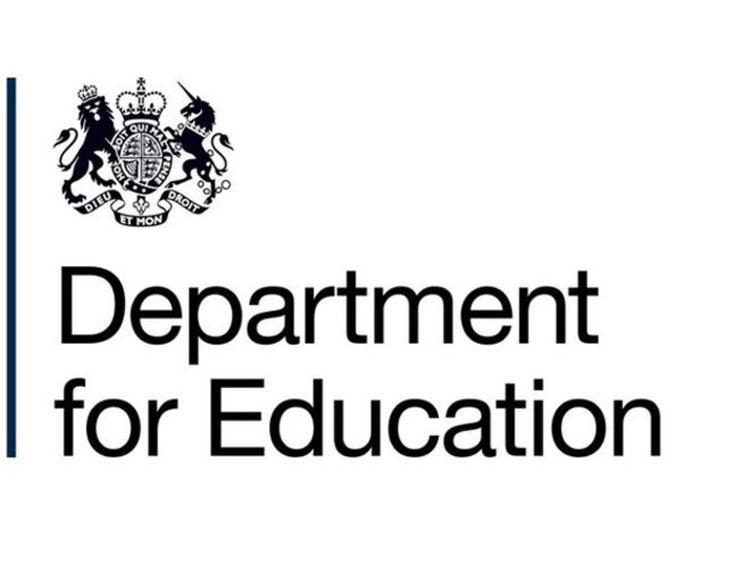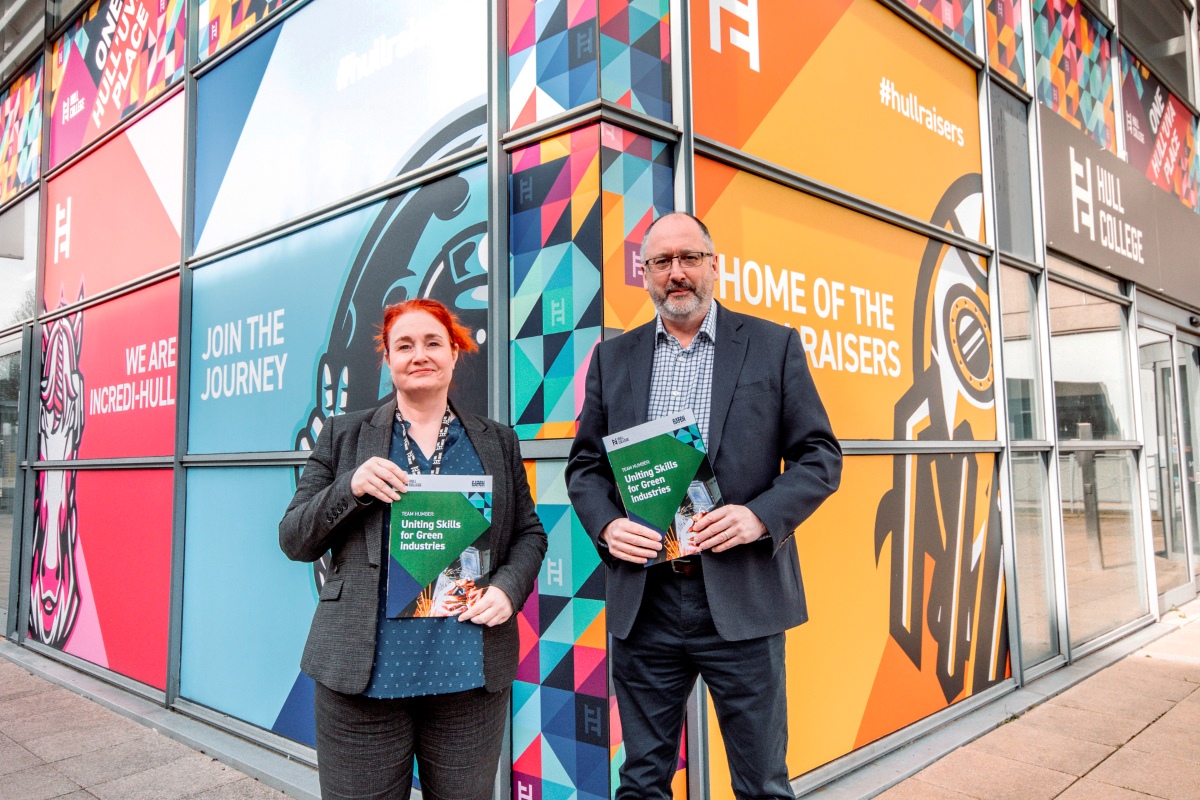Detailed guide: Recruit a postgraduate teacher apprentice: guidance for employers

How schools and local authorities can employ a postgraduate teacher apprentice, including using their apprenticeship levy.
Guidance for candidates who want to apply to be a postgraduate teaching apprentice is available on the Get into Teaching website.
There is separate guidance for ITT providers and lead schools who want provide training for the postgraduate teaching apprenticeship.
Overview
The postgraduate teaching apprenticeship is an initial teacher training (ITT) route leading to qualified teacher status (QTS).
Apprentices
Apprentices are trainee teachers employed by schools. The apprenticeship allows them to combine paid work with on and off-the-job training.
Employers
Employers are the school or local authority that employs the apprentice.
As an employer, you must agree on the overall structure of the apprenticeship with the provider before the apprentice starts.
Providers
Providers are higher education institutes (HEI) or school-centered initial teacher training (SCITT) providers.
Providers must agree on the overall structure of the apprenticeship with employers before the apprentice starts.
Lead schools
Lead schools hold apprenticeship places for schools in a school direct partnership. Lead schools can also be providers.
Apprenticeship levy
You can use your apprenticeship levy to pay for the apprenticeship training and assessment costs.
More information about the funding and the apprenticeship levy is available.
Additional grant funding
If you are in a school direct partnership, you can access additional grant funding to help meet the costs of the apprentice’s salary.
Purpose of the postgraduate teaching apprenticeship
Participating in the programme allows you to:
- get good value for your apprenticeship levy
- train and develop your own future teachers
- support the whole school workforce planning
- provide a progression pathway for graduate teaching support staff
- reduce recruitment costs
Requirements for employers
As for any other teacher training routes, apprentices must meet the ITT entry requirements.
Training period
You can employ an apprentice at any point in the academic year but their training must last for at least 12 months.
Structure of the apprenticeship
The apprentice must spend 20% of their paid hours in off-the-job training.
This includes developing the knowledge, skills, values and behaviours set out in the teachers’ standards.
The training provider must assess whether the apprentice has met the standards for the qualified teacher status (QTS) and will make a recommendation to DfE in the usual way.
End point assessment (EPA)
The apprentice must also take an end-point assessment (EPA) at the end of the training. This is to demonstrate the apprentice’s readiness to teach.
ITT providers will only get full payment once the apprentice has completed the EPA.
The EPA is carried out by an accredited ITT provider who must be separate from the training or employment and has no other conflict of interest.
Use the register of end-point assessment organisations (RoEPAO) to find a list of EPA organisations.
The full EPA criteria are available to download from the Institute for Apprenticeships’ teacher standards webpage.
Permission to recruit:
You must get permission to recruit an apprentice through your lead school if you:
- are part of school direct partnership
- want DfE grant funding
You can still employ apprentices if you are not part of a school direct partnership but your school must rated outstanding or good by Oftsed.
You do not need permission to recruit if you do not want DfE grant funding.
Join a school direct partnership
You do not have to join a school direct partnership but joining a partnership may help you to:
- access additional DfE grant funding to help meet apprentice salary costs
- have greater opportunities to share expertise
- meet the apprenticeship employment expectation
- implement good management and administration of the programme
- achieve economies of scale in negotiations with ITT providers
Contact a lead school if you want to join a school direct partnership.A list of lead schools is available in the ITT allocation tables.
Once you’ve joined a partnership, you can:
- request permission to recruit apprentices through a lead school
- be eligible for DfE grant funding
Start a new school direct partnership
You can start a new school direct partnership if you do not want to join an existing one. Only schools rated outstanding or good can start a new school direct partnership.
One of the schools must be registered as a lead school to deliver the teaching apprenticeship.
Please contact [email protected] for further information.
Apprenticeship agreement
You must have:
- an apprenticeship agreement with the apprentice
- a training provider before the apprenticeship starts
- a commitment statement with the apprentice and the training provider
More information about the apprenticeship agreement is available in the funding rules for employers and the funding rules for employer-providers.
Funding
There are various funding methods to help you pay the apprentice’s salary, training and assessment costs. These are listed below,
Apprenticeship levy
If you pay the apprentice levy, you can use up to £9,000 to cover each apprentice’s training and assessment costs.
This funding will be deducted from your apprenticeship service account and is paid to the provider.
There is a completion element to the funding.20% of the total training cost or the funding band maximum (whichever is lower) will be withheld until the apprentice completes their end point assessment (EPA).
Non-levy paying schools or schools with insufficient funds
You are eligible to get funding through government-employer co-investment.We will pay 95% of the training costs and the school will pay 5% of the total negotiated training cost up to £9,000 for apprenticeships started on or after April 2019.
The funding rules explain how you can access funding and what you can spend funding on.
Additional funding
You can get additional grant funding of up to £19,400 to contribute towards the apprentice’s salary if you are part of school direct partnership with permission to recruit.
This additional funding rate will vary based on:
- the subject the apprentice is training to teach
- the location of the employing school
You can find specific details in the Postgraduate teaching apprenticeships funding manual.
Additional grant funding is not available for independent schools unless the school is a designated teaching school.
Local authority care
You may qualify for additional payments if you employ an apprentice who is under 24 years old at the start of their apprenticeship who has:
- an education and health care plan provided by their local authority
- been in local authority care
More information about apprenticeship funding and postgraduate teaching apprenticeships is available.
Salaries
There are different pay arrangements for different types of schools. These are listed below.
You are responsible for:
- paying the apprentice’s full training, assessment and salary costs
- clearly advertising salary rates before you employ apprentices
You should pay apprentices as full-time employees or on a pro-rata basis for part-time employees.
Maintained schools
You must pay apprentices in accordance with the minimum of the unqualified teachers’ pay scale for the training period.
Further information is available in initial teacher training criteria.
Non-maintained schools, academies and free schools
You can adopt pay arrangements that reflect your local circumstances if you meet all statutory requirements.
Contact
Please email [email protected] if you want to discuss:
- the postgraduate teaching apprenticeship route
- how apprenticeships benefit school workforce planning
Published 19 June 2019 Contents












Responses